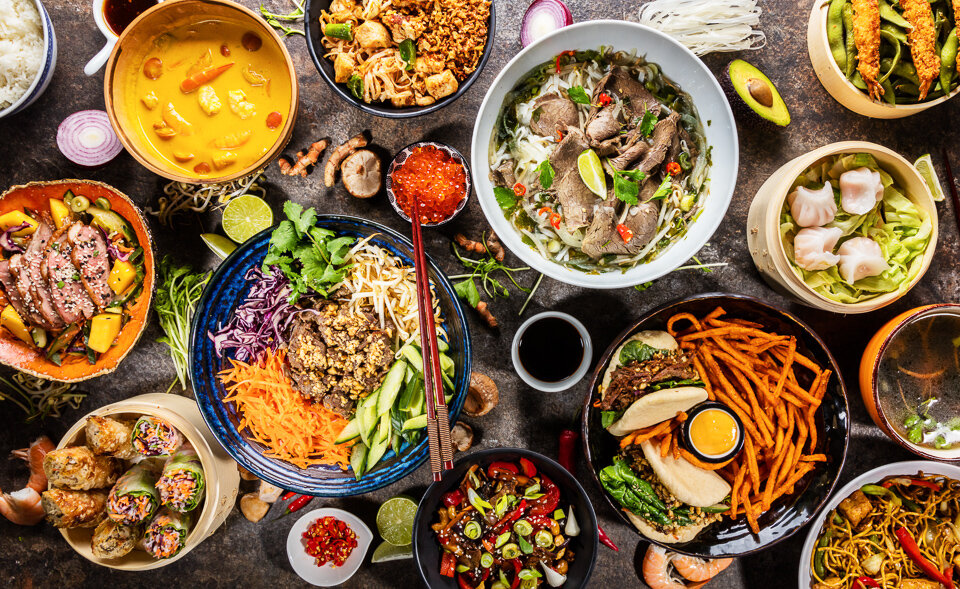Local cuisine is a gastronomic tapestry woven from the threads of history, geography, climate, and cultural heritage. It encompasses the unique flavors, ingredients, cooking techniques, and traditions that define a particular region or community. Beyond being a source of sustenance, local cuisine serves as a cultural expression, a medium of storytelling, and a bridge to the past. Let’s embark on a flavorful journey through the world of local cuisine.
1. Cultural Significance of Local Cuisine:
Local cuisine is an embodiment of culture and identity. It reflects the history, values, and customs of a region, providing insights into the lives of its people. Recipes, cooking methods, and dining rituals are passed down through generations, preserving heritage and connecting individuals to their roots.
2. Key Characteristics of Local Cuisine:
Local cuisine is characterized by several elements that contribute to its distinctiveness:
- Ingredients: Local cuisine relies on ingredients that are abundant and readily available in the region. From locally sourced produce to indigenous spices, these ingredients shape the flavors of traditional dishes.
- Cooking Techniques: Traditional cooking techniques are often honed over centuries. Methods like slow roasting, smoking, fermenting, and steaming impart unique textures and flavors to dishes.
- Flavor Profiles: Local cuisine is known for its distinctive flavor profiles, resulting from the skillful use of herbs, spices, seasonings, and condiments that are emblematic of the region.
- Seasonality: Many local dishes are tied to the changing seasons. Seasonal ingredients not only enhance the freshness of dishes but also reflect the rhythm of nature.
3. Diversity and Regional Variation:
The world of local cuisine is a treasure trove of diversity. Each region, city, or even village boasts its own culinary traditions and specialties. From the rich and hearty stews of Eastern Europe to the delicate sushi of Japan, local cuisine celebrates the art of culinary craftsmanship.
4. Evolution and Modernization:
While local cuisine is steeped in tradition, it also evolves over time. Globalization, migration, and trade have led to the fusion of flavors and the introduction of new ingredients. Modern chefs often reinterpret traditional recipes, creating innovative dishes that pay homage to the past while embracing contemporary tastes.
5. Local Cuisine and Tourism:
Local cuisine has a profound impact on tourism. Culinary tourism, or food tourism, is a rapidly growing trend where travelers explore a destination’s culture through its cuisine. Food markets, cooking classes, and food festivals provide immersive experiences that allow visitors to savor the essence of a place.
6. Traditional Dishes and Culinary Icons:
Every region has its iconic dishes that are cherished by locals and celebrated by visitors:
- Italy: Pasta dishes like spaghetti carbonara and risotto showcase the culinary heritage of different Italian regions.
- Mexico: Tacos, enchiladas, and guacamole exemplify the vibrant and spicy flavors of Mexican cuisine.
- India: Rich curries, biryanis, and dosas highlight the diverse range of spices and flavors in Indian cooking.
- France: Classic dishes like coq au vin and croissants are synonymous with the elegance and sophistication of French cuisine.
7. Sustainability and Local Sourcing:
Local cuisine is closely intertwined with sustainability and the environment. Emphasizing local sourcing reduces food miles, supports local farmers, and preserves traditional agricultural practices.
8. Passing Down Culinary Heritage:
Local cuisine is an intergenerational treasure. Families and communities take pride in passing down recipes, culinary techniques, and stories from one generation to the next. Cooking and sharing meals become rituals that strengthen family bonds and preserve cultural memory.
9. Culinary Revival and Food Movements:
In recent years, there has been a resurgence of interest in local cuisine and traditional cooking methods. Farm-to-table movements, slow food initiatives, and a focus on organic and artisanal products are driving a revival of local culinary traditions.
10. Conclusion: A Feast for the Senses and the Soul
Local cuisine is a testament to the human experience – a journey of flavors, aromas, and textures that transcends mere nourishment. It celebrates the essence of a place, the creativity of its people, and the stories woven into every dish. Through local cuisine, we embark on a sensory and soulful exploration of culture, heritage, and the intricate relationships between food, people, and the land. As we indulge in the diverse flavors of local cuisine, we not only satisfy our palates but also nourish our connection to the rich tapestry of human existence.





